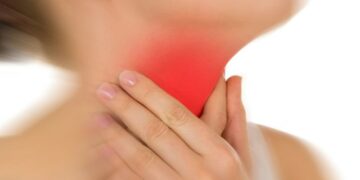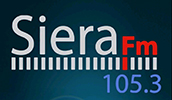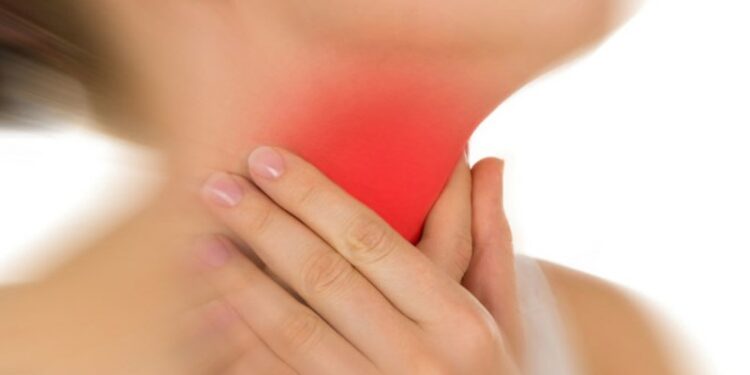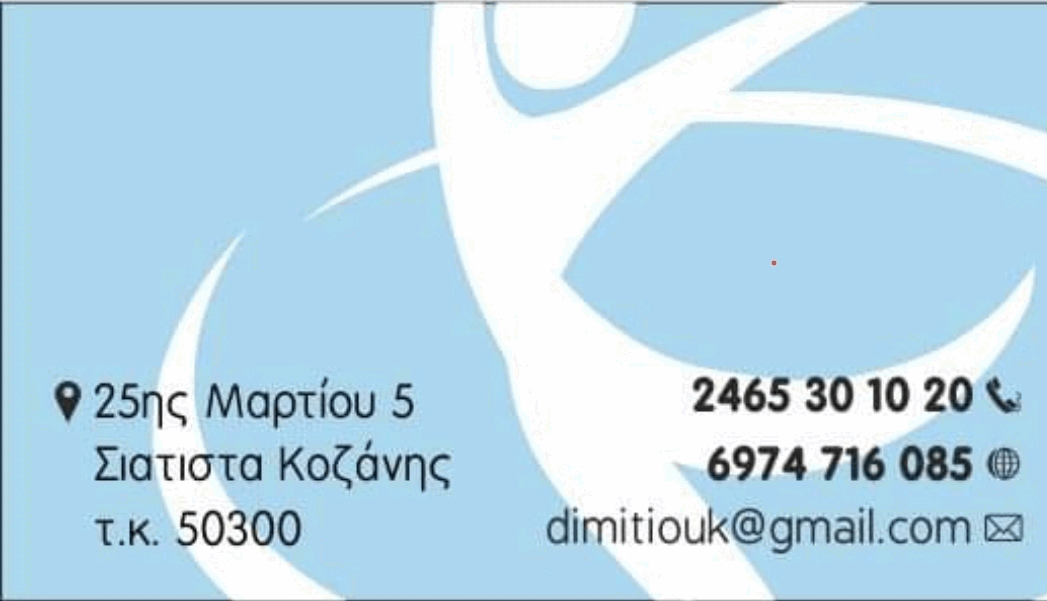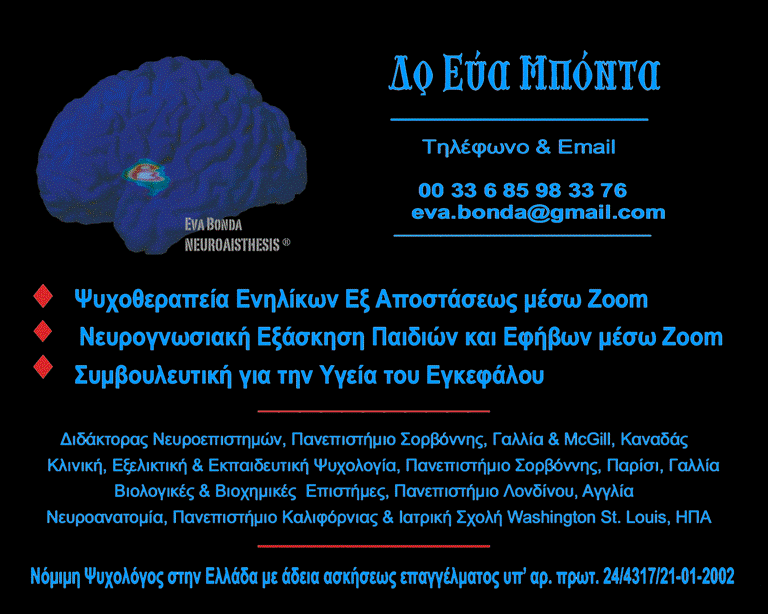Ο υποθυρεοειδισμός και ο υπερθυρεοειδισμός είναι δύο ασθένειες που ακούμε συχνά, ωστόσο αρκετά συχνά οι άνθρωποι δεν γνωρίζουν ποια είναι οι διαφορές μεταξύ υποθυρεοειδισμού και υπερθυρεοειδισμού. Θα εξηγήσουμε τα συμπτώματα της κάθε νόσου παρακάτω καθώς και τις πιθανές αιτίες τους και μερικές φυσικές συμβουλές υγείας για τη βελτίωση της ποιότητας ζωής σας.
Ποιές είναι οι διαφορές μεταξύ υποθυρεοειδισμού και υπερθυρεοειδισμού;
Αρχικά να γνωρίσουμε τον αδένα που ενίοτε υπερλειτουργεί και ενίοτε υπολειτουργεί.
Τι είναι ο θυρεοειδής;
Ο θυρεοειδής είναι ένας αδένας με σχήμα πεταλούδας που βρίσκεται στο άνω μέρος της τραχείας, ρυθμίζει το μεταβολισμό του σώματος και συμμετέχει στην παραγωγή ορμονών, ειδικά της θυροξίνης και της τριιωδοθυρονίνης.
Ο θυρεοειδής ελέγχεται από τον υποθάλαμο και τον αδένα της υπόφυσης.
Υπερθυρεοειδισμός
Στην περίπτωση του υπερθυρεοειδισμού, όπως δείχνει το πρόθεμα “υπερ-“, ο αδένας υπερλειτουργεί, γεγονός που προκαλεί υπερέκκριση ορμονών. Προσβάλλει περίπου το 1% του πληθυσμού, ειδικά γυναίκες ηλικίας μεταξύ 30 και 40 ετών.
Το πιο εμφανές σημάδι είναι η εμφάνιση βρογχοκήλης (μια αύξηση του μεγέθους του θυρεοειδούς) και τα συνηθέστερα συμπτώματα είναι η ταχυκαρδία, η απώλεια βάρους, η νευρικότητα, η τρεμούλα, η αϋπνία και η υπερβολική εφίδρωση.
Η πιο εμφανής από τις διαφορές μεταξύ υποθυρεοειδισμού και υπερθυρεοειδισμού είναι ότι στον τελευταίο το άτομο χάνει βάρος.
Αιτίες του υπερθυρεοειδισμού
- Νόσος του Graves.
- Υπερβολική κατανάλωση τροφών με ιώδιο ή άμεση έκθεση σε ιώδιο.
- Φλεγμονή του θυρεοειδούς λόγω ιογενών λοιμώξεων, φαρμάκων ή μετά την εγκυμοσύνη.
- Καλοήθεις όγκοι στο θυρεοειδή ή στον αδένα της υπόφυσης.
- Όγκοι στους όρχεις ή στις ωοθήκες.
- Κατάχρηση ορμονών του θυρεοειδούς.
Φυσική αντιμετώπιση
Θα πρέπει να ακολουθείτε πάντα τη φαρμακευτική αγωγή που σας συνταγογραφείται, όμως υπάρχουν και ορισμένες τροφές που μπορούν να σας κάνουν να αισθανθείτε καλύτερα:
- Λάχανο.
- Μπρόκολο.
- Ραπανάκι.
- Σπανάκι.
- Σόγια.
- Φασόλια.
- Ροδάκινα.
Άλλες συμβουλές
Πέρα από το να συμπεριλάβετε τις παραπάνω τροφές στη διατροφή σας, θα πρέπει επίσης να αποφεύγετε τις τροφές που είναι πλούσιες σε ιώδιο, οι οποίες αναφέρονται παρακάτω ως ωφέλιμες για τον υποθυρεοειδισμό: αβγά, μαϊντανός, ψάρια και θαλασσινά, αμύγδαλα, βερίκοκα.
Από την άλλη πλευρά, τα εγχύματα με πράσινο τσάι, παναγιόχορτο, μελισσόχορτο και αγιούγκα είναι πολύ ωφέλιμα.
Θα πρέπει επίσης να ασκείστε συχνά για να ρυθμίσετε το μεταβολισμό σας και να αποφεύγετε όσο μπορείτε τις διεγερτικές ουσίες, επειδή θα σας κάνουν να αισθάνεστε χειρότερα:
- Οινόπνευμα.
- Καφές.
- Σόδα.
Υποθυρεοειδισμός
Από την άλλη πλευρά ο υποθυρεοειδισμός προσβάλλει το 3% του πληθυσμού, ειδικά γυναίκες άνω των 50 ετών ή μετά τη γέννα. Πρόκειται για τη μείωση των επιπέδων των ορμονών του θυρεοειδούς στο πλάσμα του αίματος και περιλαμβάνει συμπτώματα όπως κόπωση, εξάντληση, μυϊκή αδυναμία, αίσθηση κρύου, ανεξήγητη αύξηση βάρους, κατάθλιψη και άλλες συναισθηματικές ανισορροπίες.
Υπάρχουν και άλλα λιγότερο εμφανή συμπτώματα που μπορούν να σας βοηθήσουν να αναγνωρίσετε μια νόσο που αναγνωρίζεται δύσκολα: χλωμό ή κιτρινωπό δέρμα, κατακράτηση υγρών, τριχόπτωση, έλλειψη τριχών στις άκρες των φρυδιών και πολύ ξηρό δέρμα.
Μια από τις διαφορές μεταξύ υποθυρεοειδισμού και υπερθυρεοειδισμού που κάνουν τους ασθενείς να υποψιαστούν ότι έχουν αυτή την ασθένεια, είναι ότι ο υποθυρεοειδισμός προκαλεί αύξηση του σωματικού βάρους.
Αιτίες του υποθυρεοειδισμού
- Διαφορετικές μορφές θυρεοειδίτιδας.
- Παρουσιάζεται σε γυναίκες μετά τη γέννα (και γενικά μετά την εμφάνιση υπερθυρεοειδισμού).
- Συγγενή ελαττώματα.
- Ραδιοθεραπεία στο λαιμό.
- Αντιθυρεοειδικά φάρμακα.
- Θεραπείες με λίθιο.
- Χρόνια έλλειψη ιωδίου.
Φυσική αντιμετώπιση
Πέρα από την κατάλληλη αγωγή, συνιστούμε την κατανάλωση των παρακάτω τροφών για την αύξηση των επιπέδων ιωδίου σας:
- Μαϊντανός.
- Αβγά.
- Βερίκοκα.
- Λιπαρά ψάρια.
- Μπανάνες.
- Αμύγδαλα.
- Νεροκάρδαμο.
- Αγγούρια.
- Αρακάς.
- Μήλα.
- Σύκα.
- Ιωδιούχο αλάτι ή θαλασσινό αλάτι.
- Φύκια πλούσια σε ιώδιο, όπως το kelp ή το fucus.
- Ψάρια.
- Θαλασσινά.
- Ζελέ κυδώνι.
Άλλες συμβουλές
Αν δεν σας αρέσει να τρώτε φύκια, τα οποία συνιστούμε επειδή είναι βιολογικά και δεν περιέχουν τοξικές ουσίες, μπορείτε να τα βρείτε σε μορφή χαπιού. Δεν σας εξασφαλίζουν μόνο ιώδιο αλλά και πολλά μέταλλα και απαραίτητα αμινοξέα που είναι πολύ ωφέλιμα για το σώμα.
Μια άλλη επιλογή είναι να φτιάξετε αλάτι με φύκια. Τρίψτε το θαλασσινό αλάτι και τα φύκια της επιλογής σας, αναμείξτε τα και διατηρήστε τα σε δοχείο που κλείνει καλά. Το αλάτι θα λειτουργήσει ως συντηρητικό. Μπορείτε να το χρησιμοποιείτε όπως το κανονικό αλάτι όταν μαγειρεύετε σούπες, φαγητά της κατσαρόλας κ.λπ..
Θα πρέπει να αποφεύγετε τις παρακάτω τροφές, επειδή μπλοκάρουν την απορρόφηση του ιωδίου: λάχανο, λαχανάκια Βρυξελλών, κουνουπίδι, μπρόκολο, σπανάκι, σόγια, ροδάκινα, φασόλια και γλυκολέμονο, καθώς και τις επεξεργασμένες και ραφιναρισμένες τροφές και το νερό της βρύσης.
Μπορείτε επίσης να φτιάξετε έγχυμα με μέντα και τζίντζερ και να μαγειρεύετε το φαγητό σας με μικρές ποσότητες πιπέρι καγιέν.
Ελπίζουμε να σας διαφωτίσαμε για τις διαφορές μεταξύ υποθυρεοειδισμού και υπερθυρεοειδισμού!
Πηγή: meygeia.gr
